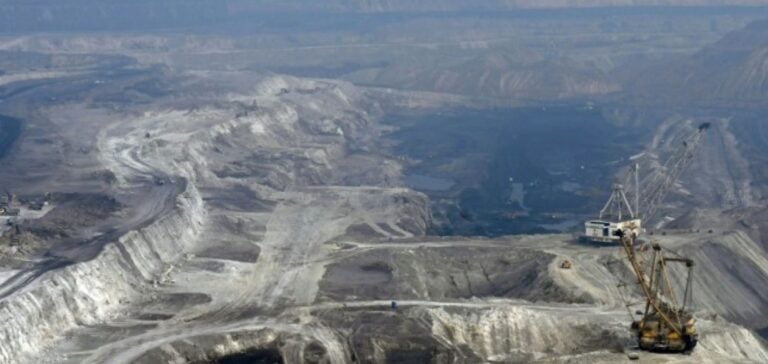India, the world’s third largest CO2 emitter, is at the heart of an energy dilemma. With India’s economy growing at a rapid pace, demand for electricity has risen by 9.6% for fiscal year 2023. In addition, RK Singh, Minister for Energy and New & Renewable Energy, stresses the crucial importance of coal in meeting these needs. India is currently building around 27GW of thermal power plants, mostly coal-fired, a capacity deemed insufficient for future needs.
The Indispensable Coal
In September, India produced 149.66TWh of electricity, 73% of which came from coal, an increase of 17% on the previous year. S&P Global Commodity Insights forecasts that coal’s share of India’s energy mix is set to reach 77% by 2025, before gradually declining. Rashika Gupta, Director of Research and Analysis at S&P Global, argues that India cannot do without coal, for want of viable alternatives in the short term.
Growth in Natural Gas
Although coal dominates, India is also experiencing significant growth in the use of natural gas. Gas demand rose by 19% year-on-year, driven by the fertilization, energy and refining sectors. Recent reforms and an increase in domestic gas production are contributing to this trend.
The rise of renewable energies
At the same time, India is one of the fastest-growing renewable energy markets, with annual capacity additions of 15 to 20GW. Gupta predicts that these additions will exceed those of coal over the next decade, marking a significant transition.
COP28 challenges
The COP28 negotiations are likely to reflect the geopolitical divisions between developed and developing countries. India, supported by China, emphasizes the “responsibility” of developed countries as the main cumulative emitters. At COP27 in Egypt, we called for a gradual reduction in the use of fossil fuels, and are seeking to push developed countries to go beyond their current pledges of carbon neutrality.
India is at a crucial energy crossroads. Between economic development and climate imperatives, India’s choice will have a significant impact on global efforts to reduce emissions. However, India’s position at COP28 will be crucial to understanding how developing countries can reconcile growth and sustainability.





















